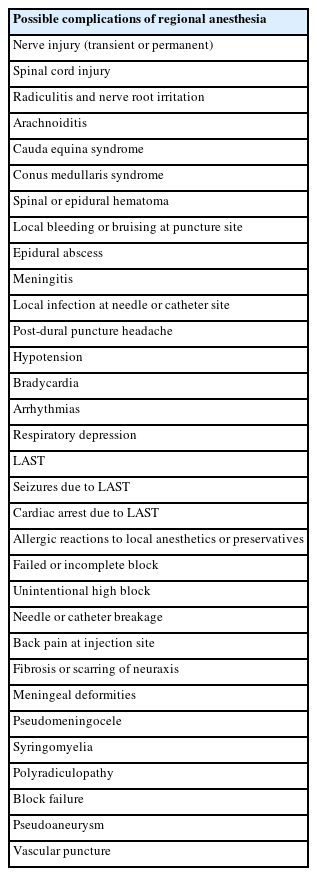
 , Oh Haeng Lee
, Oh Haeng Lee , Hyun Kang
, Hyun Kang
 , Jong In Han
, Jong In Han , Jong Hak Kim
, Jong Hak Kim , Chi Hyo Kim
, Chi Hyo Kim , Guei Yong Lee
, Guei Yong Lee , Choon Hi Lee
, Choon Hi Lee , Yeon Jin Cho
, Yeon Jin Cho
There are controversies about the analgesic effects of intraaarticular morphine and local anethetics bupivacaine. This study sought to compare the effects of saline with mor-phine, bupivacaine with or without epinephrine, administrated intraarticularly upon pos-toperative pan following arthroscopic knee surgery under general anesthesia.
In a double-blined, randommized manner, 40 patients received one of saline(20ml, n=10), morphine(1mg in 20ml NaCl, n=10), bupivacaine(0.25%, 20ml, n=10), bu-pivacaine with epinephrine(0.25%, 20ml, 200ug of epinephrine, n=10) intaarticularly at the completion of surgery. The pain scores by VAS were determined after 1,2,3,4 and 24 hours after intraarticular administration.
There were no significant statistical differences between four groups in the pain score. The maximal pain scores were 37.5 in control group, 48.0 in morphine group, 33.6 in bupivacaine group postoperative 1 hour and 32.9 in bupivacaine with epinephrine group pos-toperative 2 hours. The pain scores were decreased as the time went by and were minimin as 21.4 in control group, 17.6 in morphine group, 11.2 in bupivacaine group and 12.3 in bu-pivacaine with epinephrine group 24 hour postoperatively.
Though there were no significant statistical significances with those doses, there were tendencies that the bupivacaine group with or without epinephrine had the postoperative analgesic effect rather than control group, and morphine group had a slow onset of analgesic ef-fect. So, we should study to decide the dose or volume of the drugs and appropriate time to evaluate for the anagesic effects after knee arthroscopy further.

